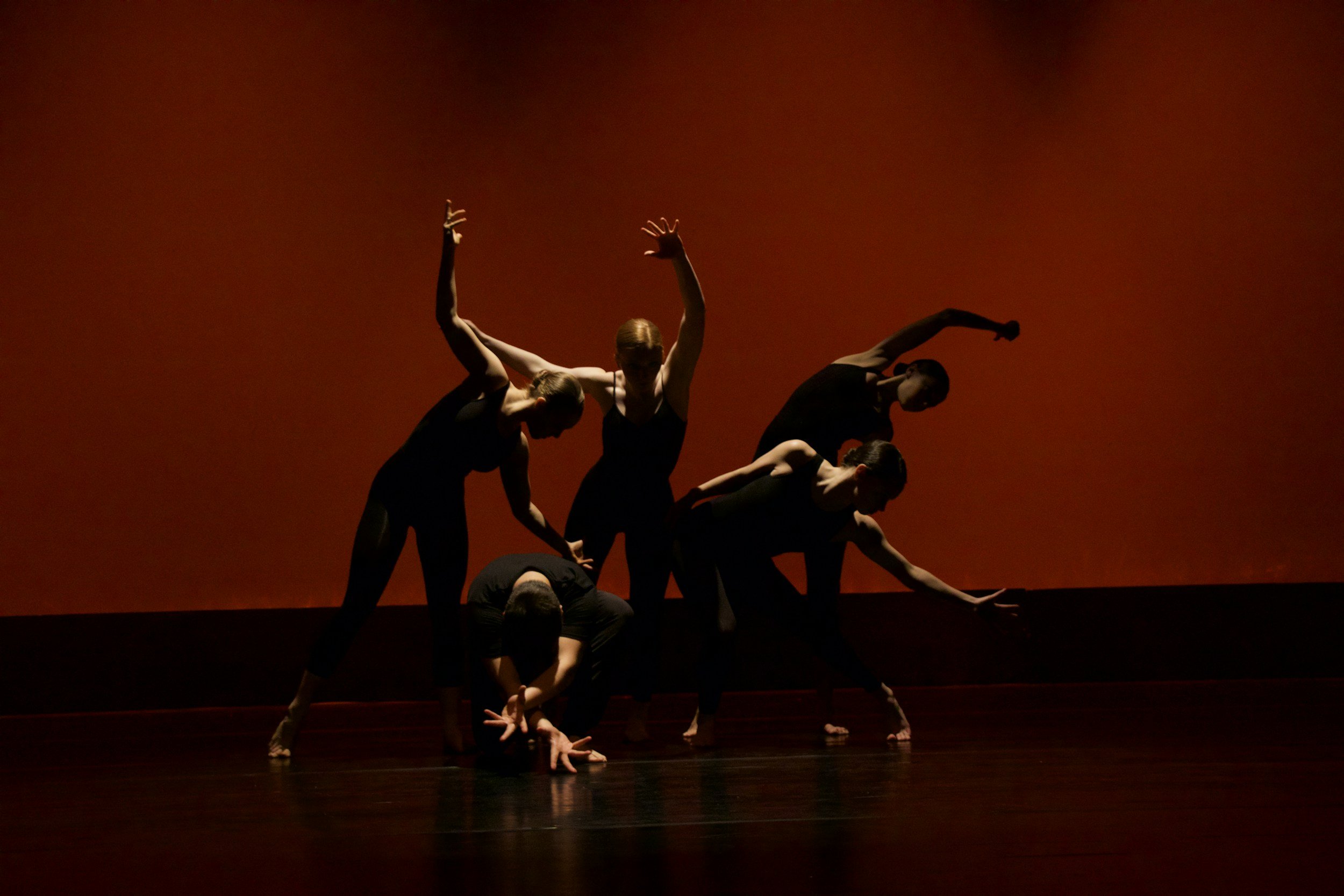
Dance Movement Therapy in Philadelphia, Pennsylvania
and online across PA
A process of using movement and dance as a means of expression, communication, and healing
When talking isn’t enough
Many people come to therapy because they want change—and often, they’ve already tried talking. They’ve explained their story, made connections, maybe even learned where their patterns come from. Yet their body still tells a different story.
A stomach that knots at the first sign of conflict.
Shoulders that tense even when you know you’re not in danger.
A nervous system that never quite shuts off, no matter how much you remind yourself to “relax.”
It’s frustrating to know what’s happening and still feel stuck inside it. You might even feel like you’re doing therapy “wrong,” when in reality, the limits aren’t yours—it’s that words alone can’t always reach the places that need healing.
Children feel this gap too. Parents bring them to therapy hoping for relief, only to find that asking them to “talk about their feelings” leaves them frozen or even more dysregulated.
That mismatch—the place between what you understand and what your body still carries—can make therapy feel like work without enough payoff.
Imagine Something Different
Now picture therapy that doesn’t just circle around your pain but reaches the core of it.
You feel your body let go of tension that’s been locked in for years.
Your child discovers that rocking, rhythm, or playful movement helps them settle—without needing to be told to “use their coping skills.”
Instead of leaving therapy with only new insights, you walk out with an actual shift inside—calm in your chest, grounding in your legs, a sense of hope you can feel.
This is what Dance/Movement Therapy makes possible.

What Is Dance/Movement Therapy?
When people first hear “dance therapy,” they often picture choreography or performance. That’s not what this is.
Dance/Movement Therapy (DMT) is about using your body—your natural gestures, posture, rhythm, and everyday movement patterns—as a direct path to healing.
You already know how powerful this can be, even if you haven’t called it therapy:
Rocking a baby to soothe them.
Shaking out tension after a stressful day.
Turning on music and moving to feel lighter.
DMT takes those everyday instincts and turns them into intentional, guided healing experiences. Instead of just talking about what you’re going through, you get to work with it directly in your body—the place where stress, memory, and emotion actually live.
Why The Body Matters in Therapy
Talking engages your mind. Movement engages your nervous system.
Real change requires both.
You may logically know you’re safe, but your body still braces for danger.
You may understand why you feel anxious, but your heart keeps racing anyway.
Trauma, anxiety, and emotional pain don’t just live in your thoughts—they’re stored in your body.
Dance/Movement Therapy bridges that gap. By working experientially, it helps your body learn what safety, regulation, and freedom feel like. That embodied shift is what makes lasting change possible.
What a Session Can Look Like
Every session looks different, because every person moves differently. Some examples include:
Exploring how your body “wants” to move when you feel a strong emotion.
Practicing rhythms—walking, clapping, rocking—that settle your nervous system.
Using simple gestures or posture shifts to experiment with boundaries, openness, or strength.
Moving to music or silence as a way of expressing emotions that words can’t touch.
Sometimes the movement is as small as noticing how you breathe or shifting the way you sit. Other times it’s playful, creative, or expressive. What matters isn’t how it looks but how it feels.




